A presidential vaccine safety commission led by Robert Kennedy, Jr. could raise questions about the incentives driving vaccine recommendations. I investigate some of these elements in my recent piece in The American Conservative.
My interest in the issue did not stem from any personal experience with autism or vaccine injury. Nor, contrary to the speculation, did I engage the issue because I am “enamored of Donald Trump.” Had the critics spent a couple minutes on Google, they might have noticed my well-publicized break with the Trump campaign, as well as my persistent criticisms of Trump. One wonders how much research goes into other insights from the vaccine lobby…
In any case, I share excerpts from my piece, which explores…
Trump’s views on the issue
Since at least 2007, Trump has suggested that the recent “epidemic” of autism might be related to current immunization practices. He is not categorically against immunization…but he suggests that the rate and quantity of injections given to infants, per the recommended immunization schedule, may contribute to incidents of autism….
More influential to Trump than the medical establishment, it seems, is a dissident group of health practitioners, experts, and advocates….All of these experts either have children with autism or were drawn to the field after personal encounters with parents who are certain that their children suffered from vaccine damage.
Historical origins of the vaccine/autism debate
Trump’s central point that diagnoses of autism have skyrocketed alongside an increase in childhood vaccination is not in dispute….
The more salient question is whether vaccines are contributing to the wave of autism diagnoses since the 1980s, when major policy changes related to immunization were enacted….
What fuels vaccine hesitancy is the fact that, for several decades through the 1970s, childhood autism remained at a steady rate of about four in ten thousand children. After three decades of steady increases since the 1980s, however, the childhood autism rate, according to the CDC, has climbed to 1 in 68 or 1.5 percent.
Potential consequences of a commission
If Trump ultimately establishes a commission led by [Robert F.] Kennedy, and the commission provides a platform for vaccine skeptics, millions of Americans would be exposed for the first time to counter-narratives in the vaccine/autism debate.
They would see that the very term “anti-vaxxer” is misleading. The voluminous writings of the “anti-vaxxers” in fact reveal little in the way of unified opposition to vaccines. Their views, to the contrary, are quite diverse in terms of which vaccines they endorse, the schedules they recommend, and their assessments of vaccine risk in relation to more natural alternatives.
Why are vaccine safety advocates disparaged?
Rather than a doctrinaire view on vaccines, what unites vaccine safety activists is a suspicion that a corrupt regulatory system, driven by the “seamless marriage” between the health establishment and government agencies, is succumbing to the temptations of “bureaucratic preservation.” The consequence, they fear, is routine data manipulation and stifling of dissent…
Herein lies the problem…Because “vaccination is a signifier for the benefits of modern medicine,” questions about vaccination are treated as “a potential threat to the public perception that credentialed experts unanimously endorse vaccination.”
You can find the piece here. I also discuss some of these issues in my radio interview with Robert Krakow and Louise Kuo Habakus.
Recent developments
I have not heard any news since publishing the piece on whether or not President Trump will proceed with the commission. There have, however, been two stories of interest:
SCIENCE BEHIND VACCINE SAFETY ROUTINELY IGNORED
The unusual “accidental” release of a peer-reviewed study comparing vaccinated vs. unvaccinated children. Using samples from homeschooling organizations, Dr. Anthony Mawson, a professor at the Jackson State University’s School of Public Health, found that the vaccinated sample had a 700 percent higher likelihood of developing neurodevelopmental disorders.
Larger samples are needed to draw definitive conclusions. Yet the deflection of interest in this type of study fits into a larger pattern I observed when researching the vaccine issue: mainstream accounts routinely ignore the science behind vaccine safety concerns and fail to grapple with personalized approaches to vaccine decisions that, in individual cases, can produce better outcomes than public health orthodoxy.
PROPOSAL TO SLASH FEDERAL VACCINE FUNDING
A House Republican plan to slash funding for the federal vaccine program. Given how the vaccine debate has evolved over the last few decades, my sense is that cuts in the federal vaccine program would be a positive step. Since President Reagan and Congress decided in 1986, to shield vaccine makers from civil product liability, the vaccine business, as the Wall Street Journal reports, has become “one of the pharmaceutical industry’s most attractive product lines.” From $500 million in 1990, vaccine industry revenues exceed $33 billion today, expanding the pharmaceutical industry’s ability to enter into public-private partnerships, lobby for lower licensing standards for vaccines, and advocate against vaccine exemption laws. Untangling the nexus between government and the vaccine industry, I suspect, would allow more independent analyses of vaccine safety to come to the fore.
***
Please comment below on the piece or our radio interview and share updates on the vaccine issue. You can also find me on twitter @pjchougule, or email me at pjchougule@gmail.com.
 Pratik Chougule, JD is an executive editor at The American Conservative magazine. He served as the policy coordinator on the presidential campaigns of Donald Trump and Gov. Mike Huckabee. From 2008-2009, Chougule was a Bush administration appointee at the State Department in the Office of the Under Secretary for Arms Control and International Security. Chougule graduated Phi Beta Kappa from Brown University and holds a JD from Yale Law School.
Pratik Chougule, JD is an executive editor at The American Conservative magazine. He served as the policy coordinator on the presidential campaigns of Donald Trump and Gov. Mike Huckabee. From 2008-2009, Chougule was a Bush administration appointee at the State Department in the Office of the Under Secretary for Arms Control and International Security. Chougule graduated Phi Beta Kappa from Brown University and holds a JD from Yale Law School.
Photo credit:Library of Congress #LC-USW36-828

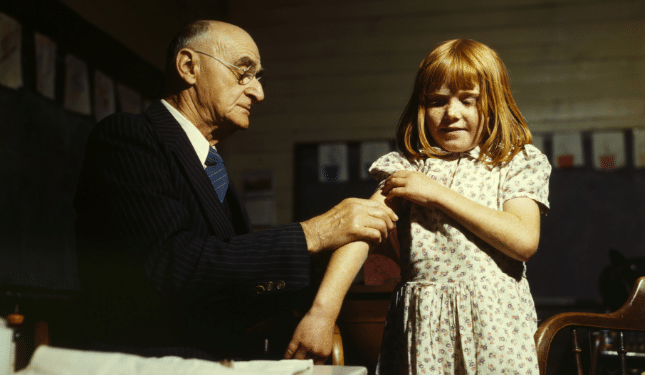
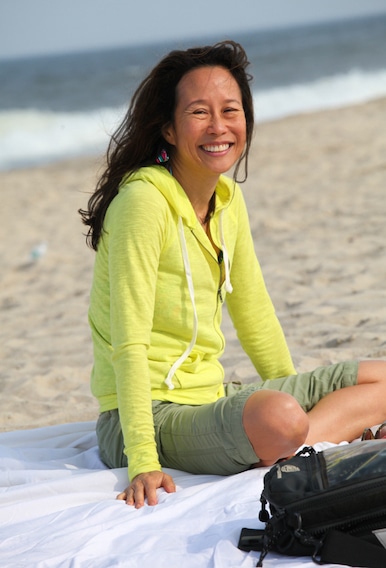

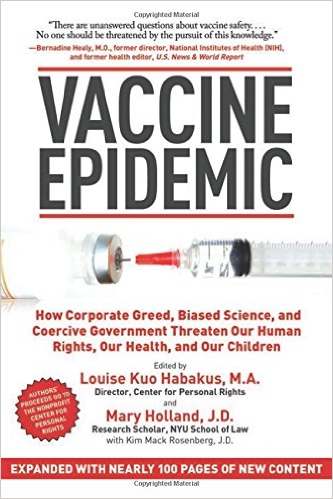



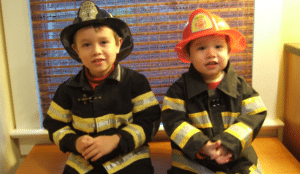
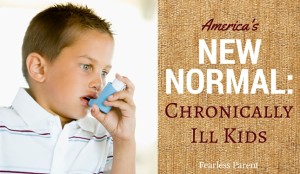
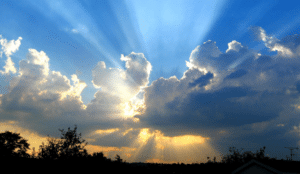

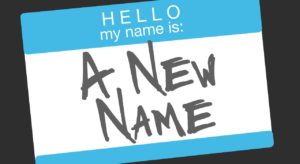
Thank you – yes, to all you mentioned. I hope they do look into vaccines – especially combined vaccines and also aluminium! The HPV Vaccine is a glaring example of all that is wrong with vaccines, flawed, rushed trials without proper placebos, a hurried push of the vaccine onto the market by CDC’s Julie Gerberding who then went on to work for Merck, the very manufacturer of the vaccine – she recently sold her shares for $2 million!
In meantime thousands of young people from all over the world are suffering terrible, debilitating side effects – many develop cervical cancer AFTER getting the vaccine – many have died.
https://www.gardasilsyndrome.com/
Sanevax.org
This issue is so important not to let slide under the rug anymore. I have 3 children myself, first 2 of which used to receive vaccines, my 3rd never has. My first has all kinds of learning disabilities (ADD,ADHD,Dyslexia, Autism and Aspergers) and was vaccinated the longest even though when he was in preschool, he was tested as showing signs of genius. I chose not to put him on medication for these issues and he has lived on his own, drives a car very well, holds a steady job and flies to his fathers on a regular basis on his own. My second is in the gifted program, but became deathly ill after every vaccine. Since stopping vaccinations, he doesn’t get sick anymore except finding he had a buildup of wax in his ears and a possible kidney infection from going on a soda binge at his friends house. My 3rd, whom has never been vaccinated, is also in the gifted program and rarely gets sick other than the common cold, and just recently we’ve realized her iron is low. We’ve even noticed she feels sick when taking iron pills, but feels great after I make her food high in iron. Coincidence? I don’t think so. I truly believe vaccines are dangerous. The subject needs to be opened regularly.